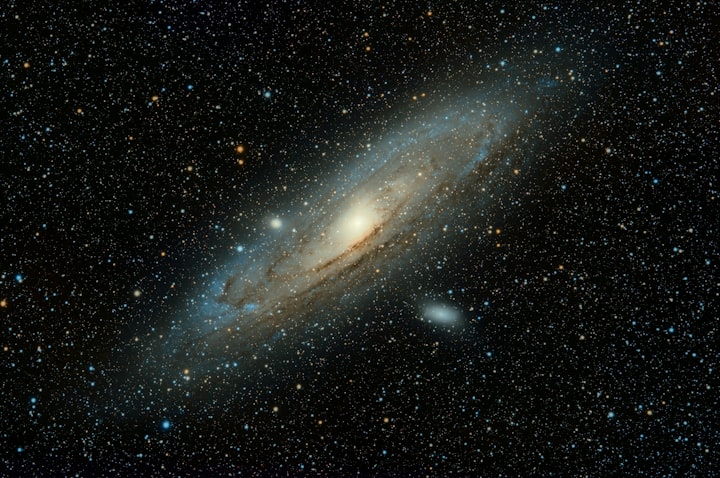
The nearby planetary group comprises of the Sun, eight planets, its moons, space rocks, comets, bantam planets, and different items in the Kuiper Belt, Oort Cloud, and Neptune. Different components of the nearby planetary group, including the four planets of the Earth, the littlest planet, the moons, space rocks and comets, represent under 0.002% of the known mass of the framework. The close planetary system as far as we might be concerned has the Sun, the eight authority planets, the more modest planets and more than 130 planets in the planets and a bigger number of more modest bodies (comets and space rocks).
Jupiter, Saturn, Uranus, Earth, Mars, Venus, Mercury and Neptune are planets in the request for distance from the close planetary system. The four external planets (Jupiter, Saturn, Uranus, and Neptune) are considered monsters goliaths that contain hydrogen and helium and are the biggest of the eight single planets in their circle.
The four biggest external planets (Jupiter, Saturn, Uranus, and Neptune) are named as Jovian or Jupiter planets as a result of their size comparative with the four nearest planets to the Sun (Mercury, Venus, Earth, and Mars). The vast majority of the planets in our nearby planetary group are distinctive optional frameworks circling planets known as normal satellite moons, except for the two titans Ganymede and the goliath planet Mercury. The initial four planets, Mercury, Mars, and Venus, are the most oftentimes noticed components of ice and fluid gas in the external layers of the close planetary system: the monster gas goliaths Jupiter and Saturn, and the monster ice sheet Uranus and Neptune, as per NASA.
The planet Mercury, the actual focus of our nearby planetary group, circles the sun at regular intervals and is the nearest planet to the sun, yet additionally a lot more modest, only bigger than the Earth. Mercury contains a modest quantity of oxygen, sodium, hydrogen, helium and potassium that can isolate the approaching meteors, and its highest point is loaded up with openings like the Earth's moon. The planets have never been a lot bigger than the external planets, since the quantity of rocks and minerals found in the universe and in the close planetary system starts with the apparent examinations of hydrogen and helium with water and advancing ice.
In light of their high limits, metals and silicates must be solidly settled in the warm nearby planetary group nearest to the Sun, where they structure rough planets like Mars, Venus and Mercury. Jupiter didn't permit the external planets of the space rock belt to shape since its gravitational power or numerous kids' planets equivalent to Mars, making them impact and separate from different bodies, abandoning the belt.
In the sixteenth century, many edified researchers, for example, Galileo, Copernicus, and Kepler supported another model of the close planetary system in which the sun was at the middle and the five apparent planets circling it.
Pluto was initially in the world rundown when it was found circling Neptune in 1930, yet in 1992 another virus object was found external the nearby planetary group: Pluto. Cosmologists have been searching for a potential planet outside our nearby planetary group, our 10th planet, and factual proof for its reality was uncovered on January 20, 2016. Pluto is believed to be multiple times the mass of the earth and multiple times the heaviness of Pluto.
This staggering heavenly framework incorporates a star, eight planets, in excess of 200 known moons, and different articles like space rocks, comets, and bantam planets. The Sun, displayed on the scales by the yellow to the extreme left, is home to four rough planets (Mars, Venus, Earth, and Mars) and huge hydrogen-rich planets (Jupiter, Saturn, Uranus, Neptune, and Pluto).
Earth has a moon in the Pluto-Charon framework, which is viewed as a twofold planet. Different articles other than the sun, planets, more modest planets and moons (additionally called more modest bodies) incorporate space rocks, meteoroids, and comets. The general design of the diagram is a close planetary system that incorporates the Sun and four more modest planets, a round belt of space rock rocks, enormous planets and the Kuiper belt of ice objects.
A star framework is a gathering of planets, meteors, and different items circling a goliath star. Our nearby planetary group is focused on a star so enormous that its gravitational draw from the sun causes numerous planets, like Pluto, comets, and meteoroids to circle the Sun. The current Kuiper Belt that was guaranteed in 1992 is around 30 to 55% wide, and as indicated by NASA, its most popular inhabitant is the short planet Pluto. It contains billions of frozen items, a significant number of which are the remaining parts of our first close planetary system.
Uranus circles its side, in contrast to different planets in the close planetary system, so its hub focuses away from the Sun; it resembles a moving ball as it circles the Sun. The circles of the planets are circles of the Sun, except for these Mercury-focused circles. Except for a couple, Satellite planets circle similarly as the planets in an ecliptic plane and are not genuine comets or space rocks.
Notwithstanding the two monster belts of little bodies, every one of the five components is known to be sufficiently huge to be joined by gravity and is called little planets.
Hubble takes a gander at the more modest planets in the Pluto framework fully expecting the 2006 New Horizons project dispatched in 2006 and flying through Pluto in July 2015





Comments
There are no comments for this story
Be the first to respond and start the conversation.